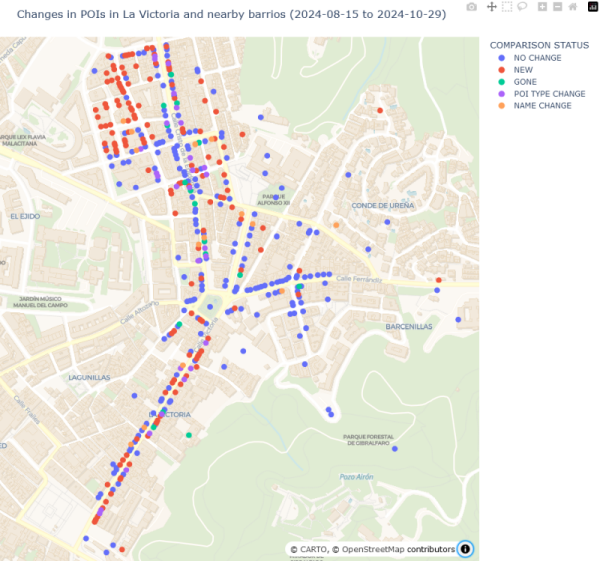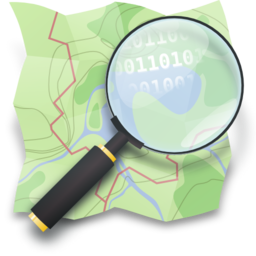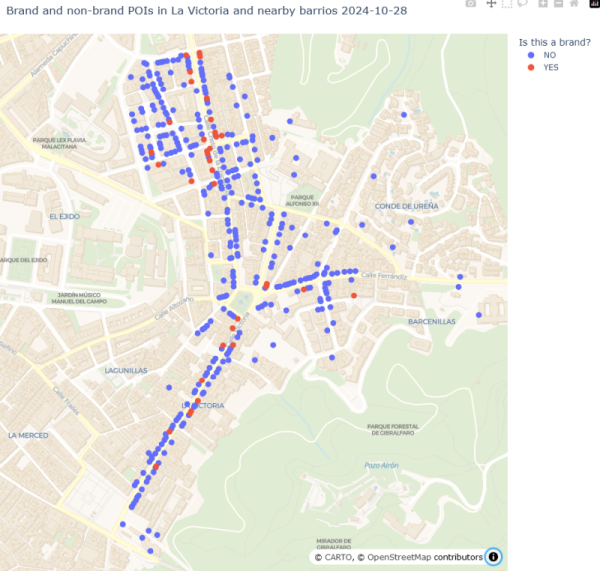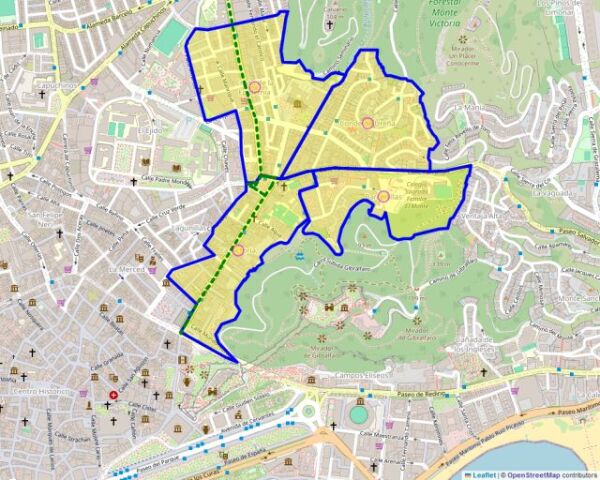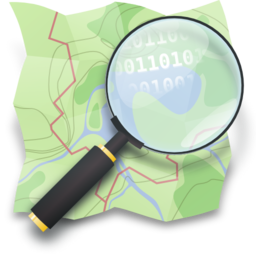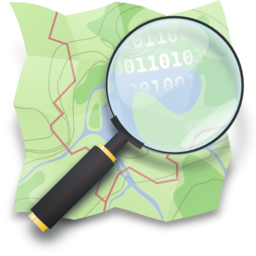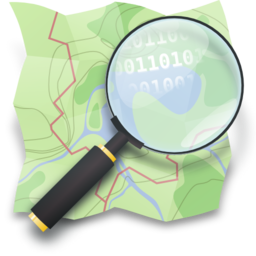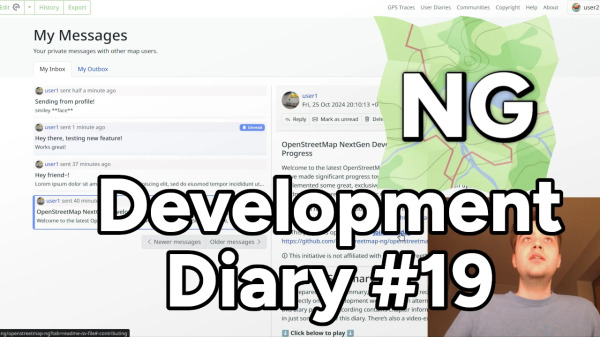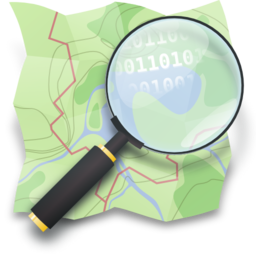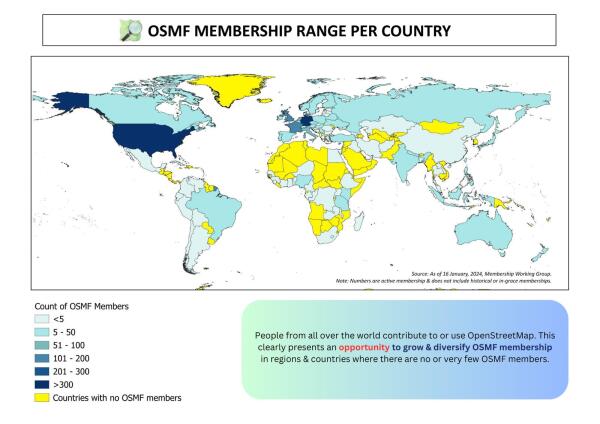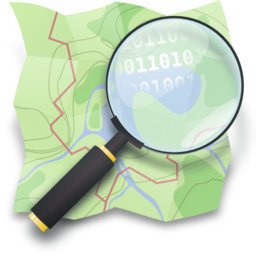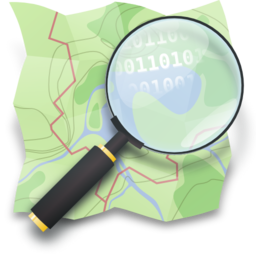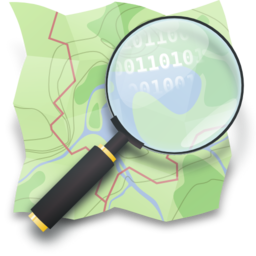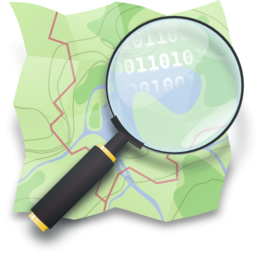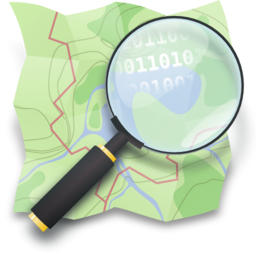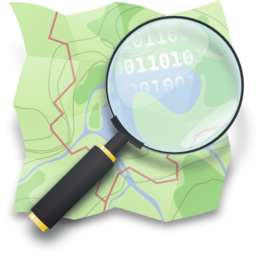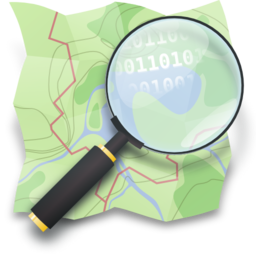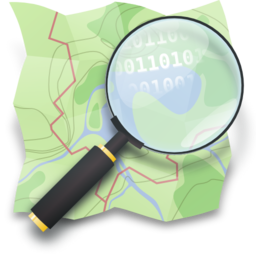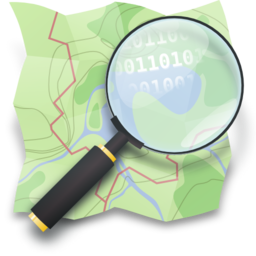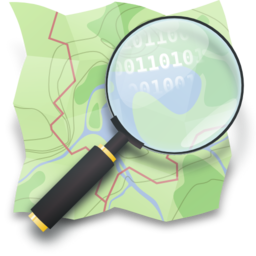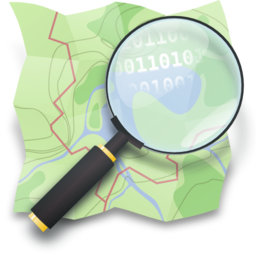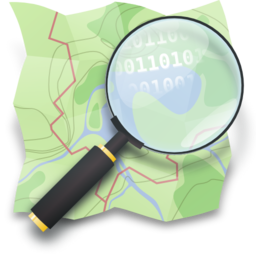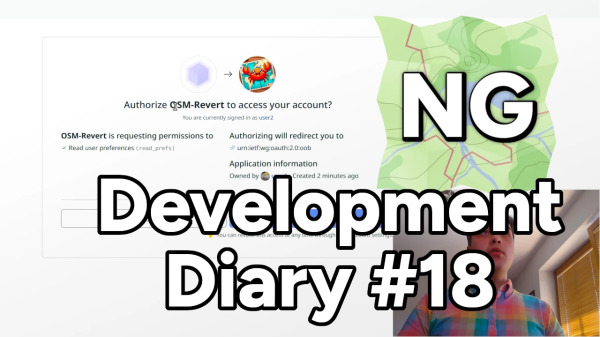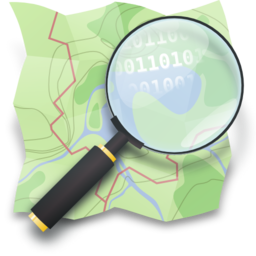In Part 3 I talked about changes in POI data in a small area over a period of two months. Most of those changes were due to mapping activity, rather than anything that happened in the real world over that period.
…and suddenly, I woke up early in the morning just to realize that I was in Lagos on 8th October. Ask yourself what brought me here? Hehehehe Of course, State of the Map Nigeria Conference 2024.
Mapping the Future: Highlights from the State of the Map Nigeria 2024
As I mentioned in Parts 1 and 2, over the last couple of months I set out to systematically update Points of Interest in four adjoining barrios in the city of Málaga.
This is the first time I try micromapping in OSM. It took quite a while to learn the appropriate tags for some amenities, but I got there in the end. For a first, I decided to focus on an open area I know very well, which is a square in my hometown.
It seems that I tend to forget to publish my daily diary entry on time ; I’ll do my best to do so, even for light workloads
Yesterday, I rode my bicycle to check on-site issues that I noticed with addresses in Saint-Valery-en-Caux. I managed to fix them all, and to map a few fire hydrants as well.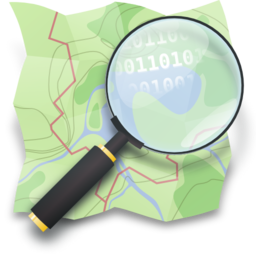
Yesterday, I rode my bicycle to check on-site issues that I noticed with addresses in Saint-Valery-en-Caux. I managed to fix them all, and to map a few fire hydrants as well.

Day 87 : Fixing addresses & mapping fire hydrants in Saint-Valery-en-Caux
It seems that I tend to forget to publish my daily diary entry on time ; Ill do my best to do so, even for light workloadsOpenStreetMap
I was putting together some facts and stats* on OpenAerialMap and the open drone imagery it hosts and thought it might be interesting / useful for OSM peeps as a key user group
This year the weather has been quite awful in Milan, and Sunday 20th it was raining once again. However, later during the day it was nice and even sunny, so I decided to go for another trip.
Yesterday, I worked on two municipalities : Jumièges and Saint-Valery-en-Caux, the latter being the one in which I live. I used once again the Pifomètre tool to add adresses. However, I don’t think I’ve finished everything in Jumièges, so I’ll have to work on this municipality again today.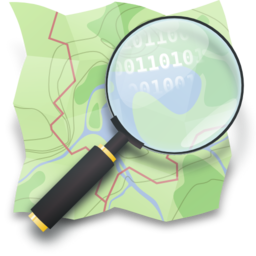

Day 86 : Adresses & driveways at Jumièges & Saint-Valery-en-Caux
Yesterday, I worked on two municipalities : Jumièges and Saint-Valery-en-Caux, the latter being the one in which I live. I used once again the Pifomètre tool to add adresses.OpenStreetMap
As part of my systematic update of local POIs (see Part 1), I added the brand and brand:wikidata tags wherever I could identify them. Before I started I thought I might find quite a few POIs that I had not previously recognised as brands.
Recently I have been trying to systematically improve OSM data about shops, businesses, and other Points of Interest in a small area of my city.
Dear Diary,
Now I know what your thinking, “what kind of boy has a diary”. Its NOT a diary, remember that reader. Its a INTRICATE PROGRESS LOGGING DEVICE that is mine and mine only! Yeah, i guess you could say its a kind of “Dairy of a Wimpy Kid”, heh! Well thats awkward… Nettspend Out!
Now I know what your thinking, “what kind of boy has a diary”. Its NOT a diary, remember that reader. Its a INTRICATE PROGRESS LOGGING DEVICE that is mine and mine only! Yeah, i guess you could say its a kind of “Dairy of a Wimpy Kid”, heh! Well thats awkward… Nettspend Out!
I finished solving my personal OSMose issues (mainly level 3) and other ones in municipalities around Saint-Valery-en-Caux.
To correctly tag some services, I needed to use Pifomètre for two municipalities.
I also fixed a few issues in OSM Inspector around Saint-Valery-en-Caux and Rouen, although it is pretty difficult to understand what’s wrong sometimes.
Another OSM user rightfully told me that one edit I did on bus lanes in Rouen was wrong in terms of tags, so I managed to correct it.
To correctly tag some services, I needed to use Pifomètre for two municipalities.
I also fixed a few issues in OSM Inspector around Saint-Valery-en-Caux and Rouen, although it is pretty difficult to understand what’s wrong sometimes.
Another OSM user rightfully told me that one edit I did on bus lanes in Rouen was wrong in terms of tags, so I managed to correct it.
You may know that the preparations for this year’s OpenStreetMap Kerala Annual Meetup have started. We had a meeting on the 20th to find a suitable venue and date and to brainstorm related matters and form a working group for the same.
I decided to fix, once again, all of the issues attributed to me by OSMose. I managed to fix almost all of them for levels 1 and 2. I’ll probably fix the level 3 ones tomorrow.
Today, I also discovered the OSMose map. I already knew about the website itself, but only on its personal list form. Therefore, I decided to fix almost all the issues in my hometown, Saint-Valery-en-Caux. I briefly also fixed issues in Rouen and Barentin.
I won’t add the links of my changesets anymore, as I’m too lazy to do so (lol).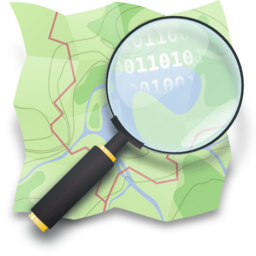
Today, I also discovered the OSMose map. I already knew about the website itself, but only on its personal list form. Therefore, I decided to fix almost all the issues in my hometown, Saint-Valery-en-Caux. I briefly also fixed issues in Rouen and Barentin.
I won’t add the links of my changesets anymore, as I’m too lazy to do so (lol).

Day 84 : OSMose issue solving (All personal lvl 1-2, Saint-Valery-en-Caux, Rouen, Barentin)
I decided to fix, once again, all of the issues attributed to me by OSMose. I managed to fix almost all of them for levels 1 and 2. Ill probably fix the level 3 ones tomorrow.OpenStreetMap
Hello everyone, I have come to the conclusion that the daily mapping challenge I started was probably too ambitious considering my daily life (mainly univ), so I have no choice but to downgrade my ambitions unfortunately. I still will make my best to contribute everyday to OSM and to make daily diary entries, however they won’t be all about mapping a random municipality.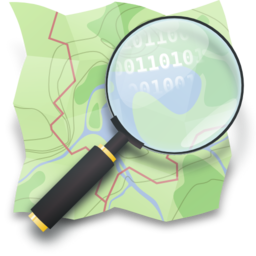

About my daily challenge
Hello everyone, I have come to the conclusion that the daily mapping challenge I started was probably too ambitious considering my daily life (mainly univ), so I have no choice but to downgrade my ambitions unfortunately.OpenStreetMap
In addition to OSM, I occasionally take pictures of the areas I visit to upload them on Mapillary.
Today (or rather, yesterday), I worked on Illois. Near this little village, there is the A29 highway and the D 929 road. There arent too many single-family homes, mainly because quite a few buildings are for agricultural purposes.
Recently I’ve noticed that most of the time I spend on OSM goes either to:
Burnout can also lead to a premature transformation into a nagging grump, which I would love to avoid.
Solution: People with the know-how should instead focus more on providing the best documentation and tooling there is possible to the community. Working on removing ambiguities, providing accurate descriptions and thorough examples. Therefore everyone can learn (and later teach) the right approaches. This pro-active approach is more effective than a re-active one, since less time and work goes to waste, the knowledge is propagated more quickly and in a more lasting manner, economics of scale start to kick in and stuff.
Also at the time of writing this entry it is 1 AM CEST where I live so I guess this makes this post #showerthoughts -approved. Thank you for coming to my TED talk.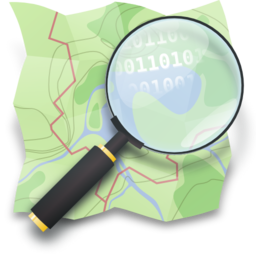
- Patrolling recent changes and fixing things which, although were already mapped correctly for years (often by myself), now have been altered (probably in good faith though!) by some newbie who „thought” that the current state is somehow wrong
- Fixing things which were already mapped incorrectly for years (often by myself) at a time when the documentation was unclear or the community consensus was different
Burnout can also lead to a premature transformation into a nagging grump, which I would love to avoid.
Solution: People with the know-how should instead focus more on providing the best documentation and tooling there is possible to the community. Working on removing ambiguities, providing accurate descriptions and thorough examples. Therefore everyone can learn (and later teach) the right approaches. This pro-active approach is more effective than a re-active one, since less time and work goes to waste, the knowledge is propagated more quickly and in a more lasting manner, economics of scale start to kick in and stuff.
Also at the time of writing this entry it is 1 AM CEST where I live so I guess this makes this post #showerthoughts -approved. Thank you for coming to my TED talk.

(Clickbait title) Experienced OSM Mappers should NOT map OSM. Here's why.
Recently Ive noticed that most of the time I spend on OSM goes either to:OpenStreetMap
Its time for another OpenStreetMap-NG development update! This week brings exciting new features and improvements that bring us closer to the projects first public release.
Parks on the Air (POTA) information tags can be added to areas. Its an improvement over the POTA map application as it shows the entire park area rather than a point.
For example, the Victoria Harbour Migratory Bird Sanctuary (CA-4248)
https://pota.
For example, the Victoria Harbour Migratory Bird Sanctuary (CA-4248)
https://pota.
Key highlights: We are happy to share the accomplishments of the 2024 OSMF Membership Campaign: 1) ~ 392 sign up’s from March, most of them were through the Active Contributor Membership Program; 2) there are now members in 16 new countries!; 3) Four…
Well it has been a while. As the result, Im 3 cities late. Fortunately, one week of holidays is coming, so I will have quite a lot of time to catch up.
Embark on a thrilling Chitwan jungle safari and immerse yourself in the vibrant ecosystem of Nepals Terai region. Heres a guide to help you plan your adventure:
One of Nepals most beautiful trekking routes is the Gokyo Trek in the Everest region, which offers tranquil glacial lakes, serene pathways, and amazing vistas of Mount Everest.
Balaji Kirpa Travels provides quick and efficient taxi services in Amritsar. Whether you need a taxi in Amritsar for local travels, a car hire for city tours, or a one-way taxi service, we have you handled.
https://princetontx.gov/DocumentCenter/View/3004/Princeton-Tax-Increment-Reinvestment-Zones-TIRZ_Whitewing-Trails-Phase-2 has information about the Phase 3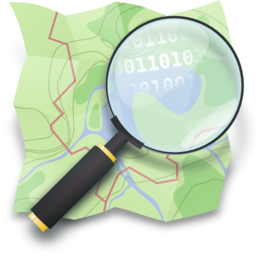

Whitewing Trails Phase 3
https://princetontx.gov/DocumentCenter/View/3004/Princeton-Tax-Increment-Reinvestment-Zones-TIRZ_Whitewing-Trails-Phase-2 has information about the Phase 3OpenStreetMap
A few days ago, I started my mapping project for Jāņupe. The main objectives of this project are to add all the missing houses in the area, re-tag the existing ways and some nodes, and retrace the residential and allotment zones.
Revamp and modernize your applications with our comprehensive Application Enhancement Services. From re-engineering legacy systems to integrating modern technologies, we ensure your IT applications operate at peak efficiency.
Im still late : I was supposed to do a municipality with the letter H today. I probably wont do the letter I tomorrow either, nor Wednesday, however Im pretty sure I will be able to on thursday.
Volunteerism, commitment, and dedication are our hallmarks as YouthMappers!
Whoof!
Its my first Diary entry.
Its my first Diary entry.
Today, I worked on Fallencourt. This village is smaller than the previous ones I worked on for my challenge, however something big is nearby, the A28 highway (Id guess it creates quite a lot of noise).
a small project of mine over the last few years (in my spare time, when I’m not doing the job I get paid to do) is to map every building in the Kingston and new Malden area of SW London.
This is slow progress although I have now nearly finished all but a small part of Old Malden and an area of North Kingston. Although slow, the map does now look aesthetically significantly better than it did two years ago. although I am aware it could be improved further by putting house numbers on each building, I do have to keep my mental health in check here.
The Previously patchy; Berrylands, Norbiton, and Surbiton have now all been finished with finishing Old Malden being my next project and then Coombe and Ham Kingston Vale, being my next major projects
I have always found it frustrating that people will often do one or two houses on the road and then get either bored (or do their own house).
These diary entries are more to help me keep track of what iv done to date as well as give a minor update to the larger community on the slow updates.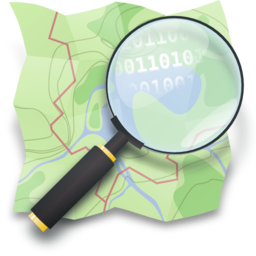
This is slow progress although I have now nearly finished all but a small part of Old Malden and an area of North Kingston. Although slow, the map does now look aesthetically significantly better than it did two years ago. although I am aware it could be improved further by putting house numbers on each building, I do have to keep my mental health in check here.
The Previously patchy; Berrylands, Norbiton, and Surbiton have now all been finished with finishing Old Malden being my next project and then Coombe and Ham Kingston Vale, being my next major projects
I have always found it frustrating that people will often do one or two houses on the road and then get either bored (or do their own house).
These diary entries are more to help me keep track of what iv done to date as well as give a minor update to the larger community on the slow updates.

Grater London South West
a small project of mine over the last few years (in my spare time, when Im not doing the job I get paid to do) is to map every building in the Kingston and new Malden area of SW London.OpenStreetMap
Yes I know, I already missed a day for my challenge. Apologies, I will do 2 cities tomorrow.
OpenStreetMap Foundation 2024 chairperson's report

Stereo's Diary | OpenStreetMap Foundation 2024 chairperson's report
Dear OpenStreetMap Community and fellow mappers,OpenStreetMap
I was round that way this morning and confirm that there is no number 38 Crammond Place. One row finishes at 37 and the adjacent row starts at 39!
I have lived in North Muirton since 1973 and never realised this obscure fact until mapping the area.
I think, but don’t know for definite, that it is because there used to be (in the early years of NM) a council rent office in the row 39-47 which maybe didn’t have a house number and this has caused a “missing” house when the rent office ceased to be.
In the unlikely event anyone who knows reads this stuff then please let me know.
I have lived in North Muirton since 1973 and never realised this obscure fact until mapping the area.
I think, but don’t know for definite, that it is because there used to be (in the early years of NM) a council rent office in the row 39-47 which maybe didn’t have a house number and this has caused a “missing” house when the rent office ceased to be.
In the unlikely event anyone who knows reads this stuff then please let me know.
Every year the Bujang Gadis Unsri holds an election for Girls and Boys from Sriwijaya University. This activity was attended by 60 pre-semi-finalist participants at Sriwijaya University.
Welcome to the latest OpenStreetMap-NG development update! Since last time, weve made significant progress towards reaching feature parity and have also implemented some great, exclusive new features.
Here is my first diary entry.
A few days ago, I gave myself the following challenge : every day, I will map one city in my department (Seine-Maritime, 76, France), going to the next letter in the alphabet for the next day, and so on.
A few days ago, I gave myself the following challenge : every day, I will map one city in my department (Seine-Maritime, 76, France), going to the next letter in the alphabet for the next day, and so on.


